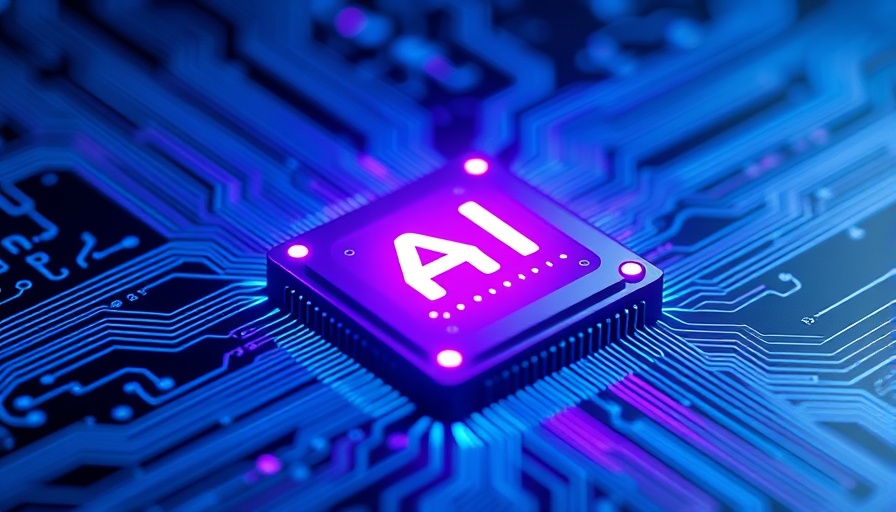
Understanding AI-Generated Content Detection
As artificial intelligence (AI) technology continues to evolve at a rapid pace, many students find themselves navigating the challenges of identifying AI-generated content. The question arises: are we really proficient at distinguishing between human-written and machine-created texts? With the rise of AI tools that can generate text with alarming similarity to human writing, it becomes crucial for us to understand the implications of these advancements.
The Sleight of Hand: How AI Mimics Human Writing
AI models, especially those built on powerful algorithms, can now produce coherent and contextually relevant content. They analyze vast amounts of data, learning from human writing styles to generate text that often feels natural and engaging. This proficiency raises eyebrows in academic settings where originality and authenticity are paramount.
Common Misconceptions About AI Detection
One popular misconception is that AI detection tools are infallible. While these tools have improved significantly, they can still struggle with nuances in language and context that experienced human readers might discern. Factors such as tone, emotional depth, and cultural references can elude even the most advanced detectors, leading to potential misjudgments.
Why This Matters for Students
For students who fear AI detection, it's important to recognize that understanding these tools can empower them. Instead of creating anxiety, this awareness can foster creativity and innovation. Students can focus on developing their unique voice and perspective while also learning how to effectively leverage technology in their writing.
Future Predictions: The Evolving Landscape of AI and Writing
Looking ahead, the relationship between AI-generated content and human writing is likely to evolve further. We may witness improvements in detection tools that are better at differentiating between authentic and synthetic texts. However, students must also adapt to this landscape by honing their writing skills and learning how to craft arguments and narratives that stand out in an AI-influenced world.
Tools and Resources for Students
There are resources available for students who wish to bypass AI detection tools safely. One such platform is Prompt2Human, designed to empower students with writing techniques that can help maintain originality while enhancing clarity and engagement in their writing.
By engaging with these tools and deeply understanding AI's capabilities, students can navigate this new terrain with confidence, potentially turning the challenges posed by AI into opportunities for growth and creativity.
Conclusion: Embracing Innovation While Honoring Authenticity
The future of writing in the context of AI is complex yet full of possibility. Students should embrace the innovations presented by AI while also committing to authenticity in their work. It's a balancing act, one that requires critical thinking and adaptability. By doing so, they can thrive in an academic environment where technology and human creativity coexist.
Bypass ANY AI Detector with ease with Prompt2Human.
 Add Row
Add Row  Add
Add 




Write A Comment